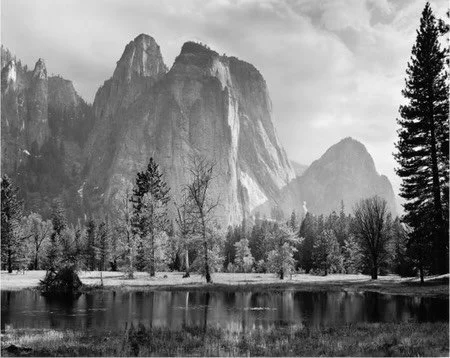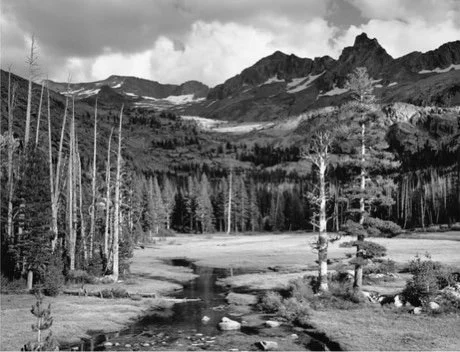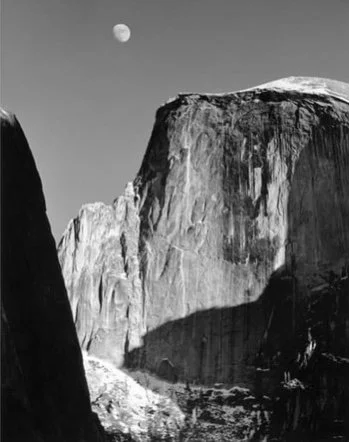The Healing Power of Nature -The Story of Ansel Adams -
“No matter how sophisticated you may be, a large granite mountain cannot be denied–it speaks in silence to the very core of your being” – Ansel Adams
The author and journalist Richard Louv coined the phrase “nature-deficit disorder.” His idea is that, as a result of modernization and urban lifestyle, most people do not spend enough time outdoors, connecting with nature. This leads to diminished health and increased behavioral problems. In other words, disconnection from nature can generate a harmful state of physical, emotional, and behavioral incoherence.
On the other hand, many individuals from all walks of life have experienced the remarkable healing energy of nature. An extraordinary example of how immersion in nature can heal—and greatly transform—one’s life, comes from a well-known man. His story has been featured in the critically acclaimed documentary film “In Search of Balance” (2015).
The Once Hyperactive Boy Who Became a World-Renowned Photographer
During his childhood days, Ansel was a hyperactive boy—he could not sit still, and could not easily fit in any school. His teachers complained that he was inattentive, could not focus, and that he was disrupting the class discipline. His temper was described as rebellious. As a result, several different schools expelled him. Consequently, when Ansel was 12, his parents decided that he should be home-schooled.
Ansel’s parents were very upset, but at the same time, they were very mindful and observant of the situation. Especially patient and supportive was his father, who could sense Ansel’s potential and latent qualities. Soon Ansel’s parents noticed that a little bit of time spent in nature helped their son become calm and stay focused. Ansel started taking long daily walks in the beautiful still-wild reaches of Golden Gate in San Francisco, California, amid the sand dunes, where their family house was set. Ansel found great peace and joy in nature.
Ansel’s parents spent the next ten years staking the boy on road trips around the great western wilderness areas of the USA. Their upbringing was based on the principles of Ralph Waldo Emerson, in which awareness of, and responsibility for nature, played an important role. From the age of 14, Ansel and his parents traveled annually to Yosemite National Park. It was there, amidst that majestic, unspoiled nature, that Ansel discovered his passion for landscape photography.
Nature had a profound effect on Ansel. By spending much time in nature, Ansel was able to connect with the energies of the earth, ground himself, and reach a state of physical, mental, and emotional coherence. He grew up to become the famous 20th-century American landscape photographer and environmentalist, Ansel Adams.
Encyclopædia Britannica describes him as “perhaps the most widely known and beloved photographer in the history of the United States.” Adam’s artistic and cultural legacy is impressive. Adams’s work was devoted to “the country’s remaining fragments of untouched wilderness, especially in national parks and other protected areas of the American West. He was also a vigorous and outspoken leader of the conservation movement.”
Ansel Adams
(https://commons.wikimedia.org/wiki/File:Ans el_Adams_and_camera.jpg)
Ansel Adams, "CathedralRocks" (c. 1949)
(https://edition.cnn.com/travel/article/ansel-adams-yosemite-new- book-california/index.html)
Ansel Adams, ”Mount Ansel Adams, Lyell Fork of the Merced River” (c. 1935)(https://edition.cnn.com/travel/article/ansel-adams-yosemite-new-book-california/index.html)
Ansel Adams, ”Moon and HalfDome" (c. 1960) (c. 1935)(https://edition.cnn.com/travel/article/ansel-adams-yosemite-new-book-california/index.html)
Sources
“In Search of Balance” (2015), a documentary film directed by Adam Pfleghaar
https://www.britannica.com/biography/Ansel-Adams-American-photographer



